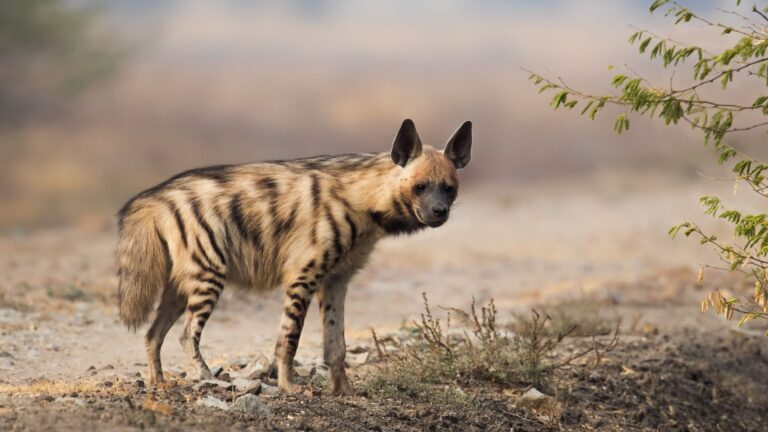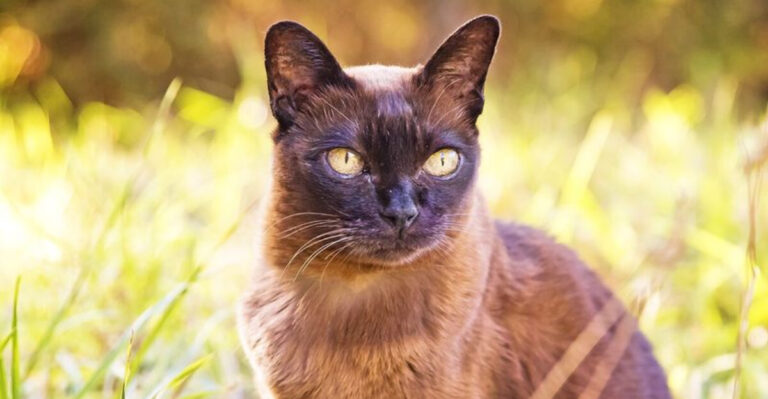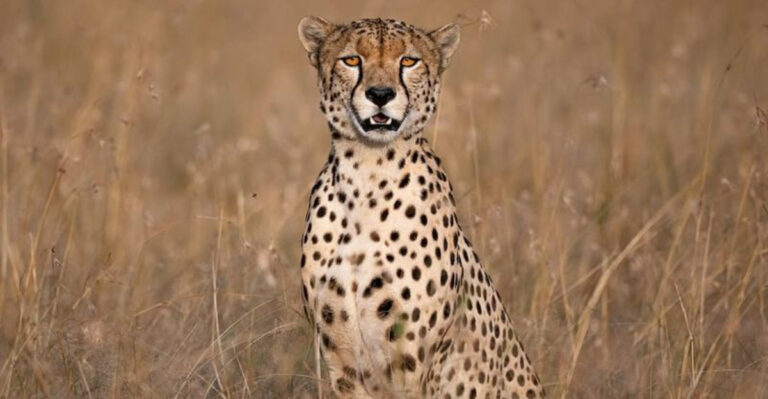How Changing Seasons Affect Bird Diets
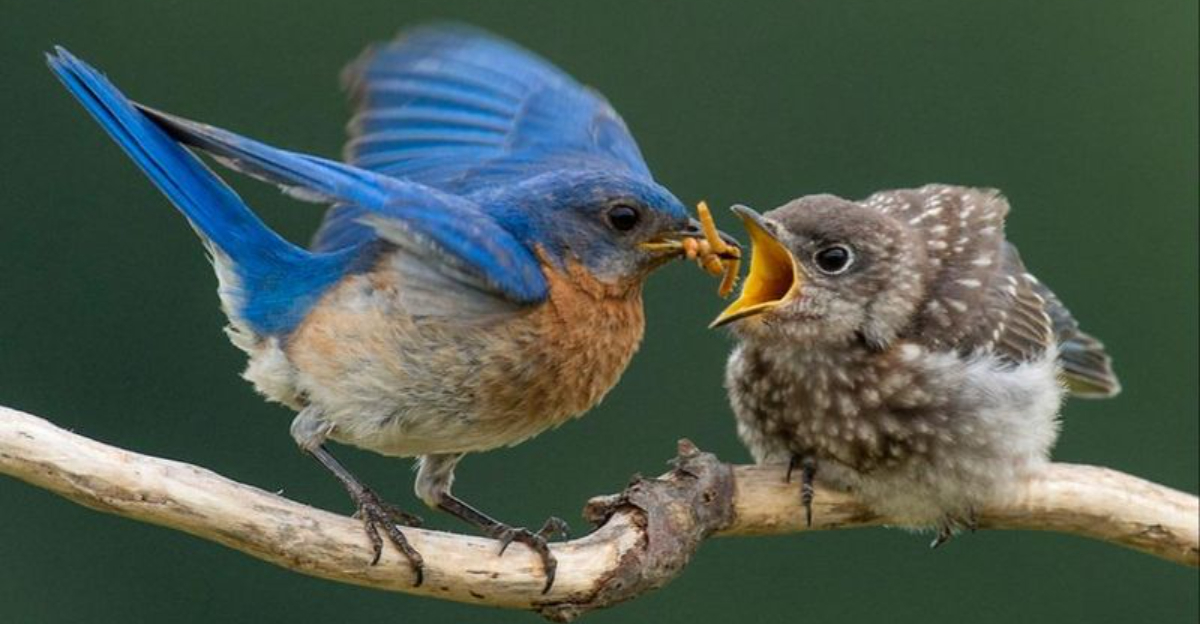
Birds are nature’s adaptable diners, constantly adjusting their meals as the world changes around them. When seasons shift, so do the available food sources, forcing our feathered friends to get creative with their menus.
These seasonal dietary changes affect everything from migration patterns to breeding success, making them fascinating examples of nature’s flexibility in action.
1. Berries Replace Bugs When Fall Arrives
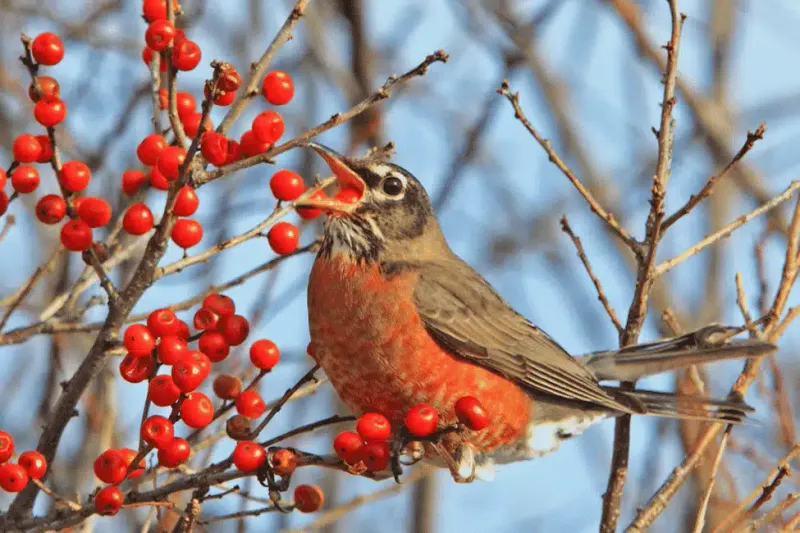
Summer’s insect buffet gradually disappears as temperatures drop, pushing many birds to pivot toward fruit-based diets. Robins, waxwings, and thrushes switch from protein-rich caterpillars to energy-dense berries that ripen just in time.
This dietary flexibility allows them to fatten up for migration or winter survival without missing a beat. The sugar content in autumn berries provides quick energy that helps birds prepare for challenging seasons ahead.
2. Seed Caching Behavior Intensifies During Autumn
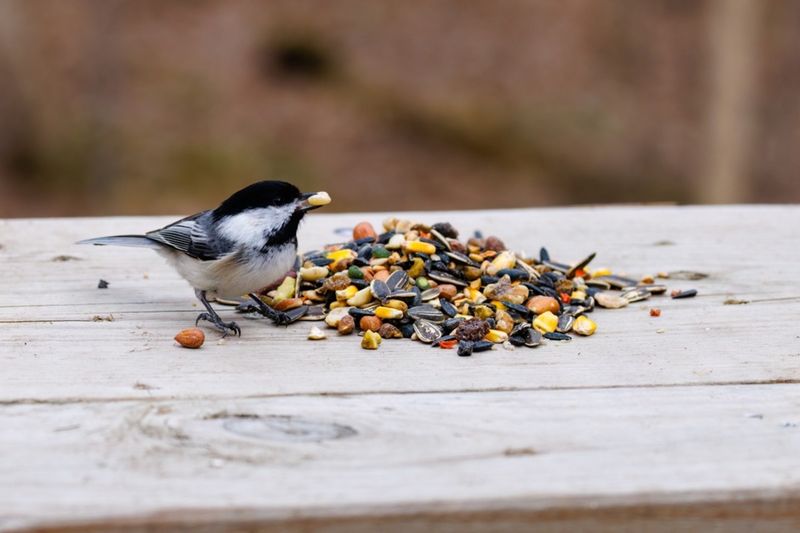
Nuthatches and chickadees transform into tiny squirrels come autumn, hiding seeds throughout their territory. This food-storing frenzy happens when seed production peaks but winter scarcity looms just ahead.
A single chickadee might store thousands of seeds in hundreds of different locations, creating a distributed pantry. Their remarkable spatial memory allows them to retrieve these hidden treasures months later when fresh food becomes scarce.
3. Spring Brings Protein-Rich Insect Feasts
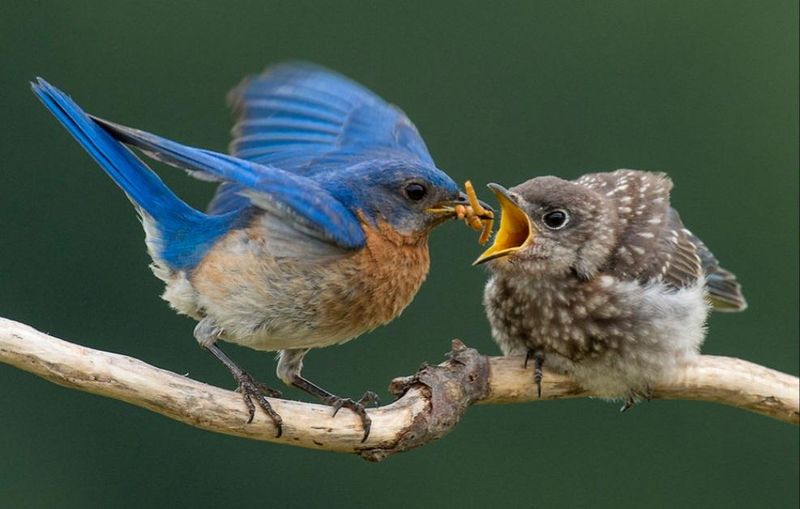
Many seed-eaters suddenly become bug hunters when breeding season arrives. Cardinals, finches and sparrows that rely on seeds throughout winter eagerly switch to protein-packed insects and spiders during spring.
Growing chicks need this protein boost for proper development. A single pair of chickadees must find up to 9,000 caterpillars to raise one clutch of nestlings! This dramatic dietary shift highlights how birds synchronize their breeding with seasonal food abundance.
4. Nectar Feeders Follow Flowering Seasons
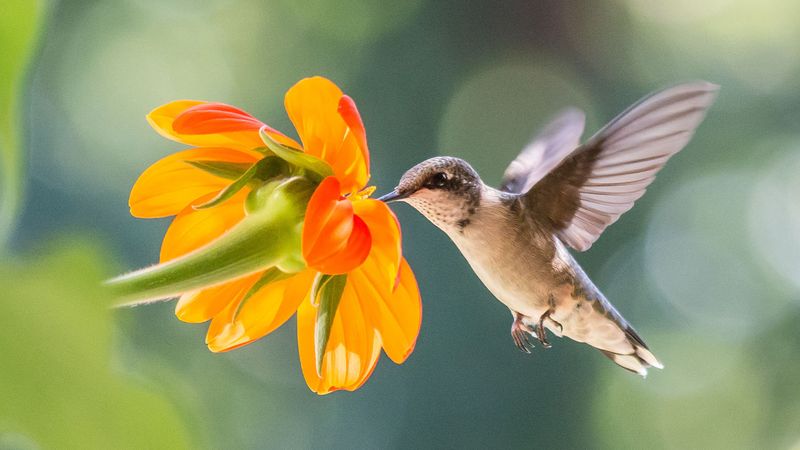
Hummingbirds time their movements to match blooming schedules across continents. Their specialized diet of flower nectar forces them to chase an endless summer of flowering plants.
Ruby-throated hummingbirds arrive in northern territories just as spring flowers open, having tracked the sequential blooming patterns northward. When autumn approaches, they reverse course, following the last blooms southward. Their migration essentially traces a map of floral resources across seasons.
5. Winter Forces Dietary Flexibility
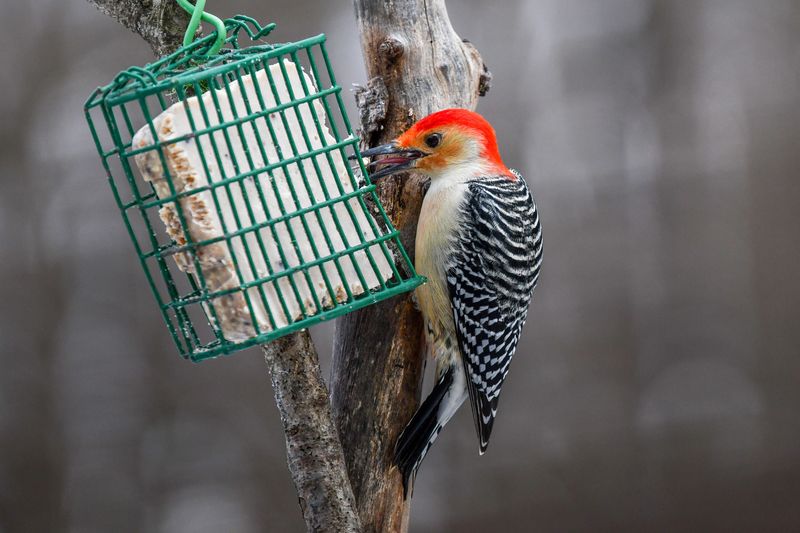
Bitter cold transforms even specialized feeders into opportunistic eaters. Woodpeckers that typically drill for insects will happily visit suet feeders when temperatures plummet.
Bluebirds known for hunting insects switch to whatever berries remain on winter branches. This seasonal adaptability explains why some birds that once migrated now stay year-round in areas with bird feeders. Human-provided food has essentially created an artificial season of abundance.
6. Coastal Birds Ride Seasonal Fish Migrations
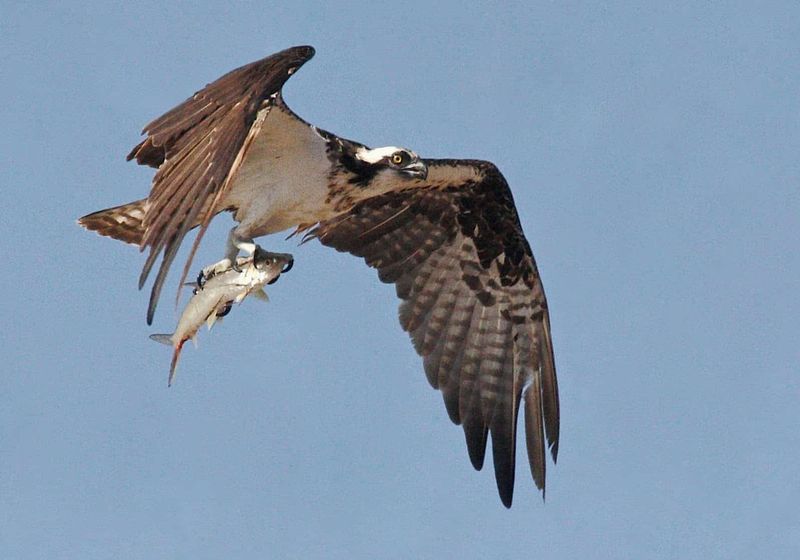
Shoreline feeding patterns shift dramatically as fish species move with changing water temperatures. Ospreys and herons adjust their hunting grounds to follow these underwater migrations.
When herring run in spring, entire bird communities congregate at river mouths for the feast. Later, as different fish species move inshore or offshore with seasonal currents, birds follow suit. Their diets essentially mirror the complex calendar of marine life movements.
7. Wetland Birds Feast During Spring Amphibian Explosions
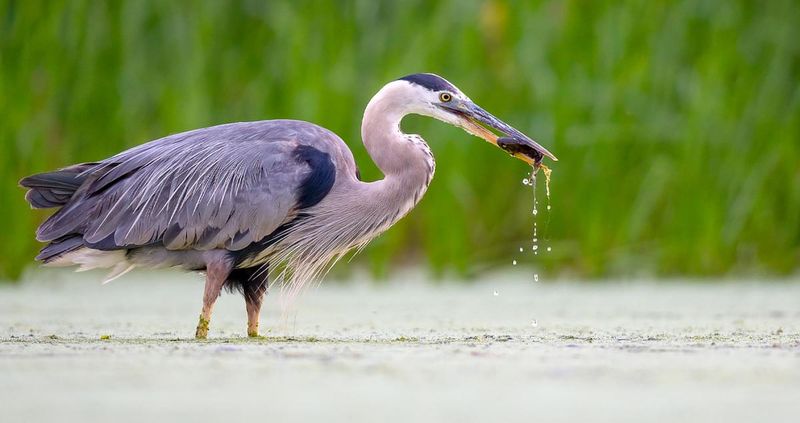
Frogs and salamanders emerge en masse during spring rains, creating a bonanza for herons and egrets. These wetland specialists gorge on the sudden abundance of amphibians that appear seemingly overnight.
Great blue herons shift from primarily fish diets to include these seasonal delicacies. This protein surge often coincides perfectly with nesting season, when adults need extra nutrition to feed rapidly growing chicks in crowded rookeries.
8. Summer Heat Drives Water-Rich Fruit Consumption
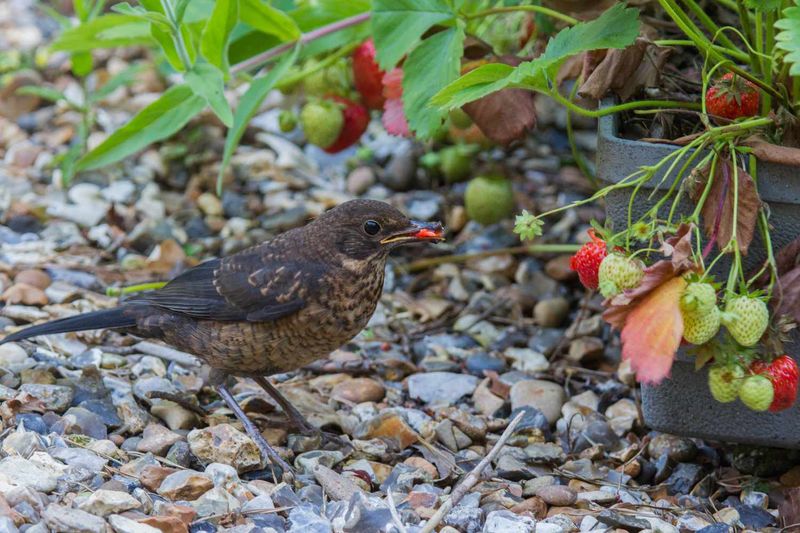
Scorching temperatures push many birds toward juicy fruits as water sources diminish. Tanagers and orioles that normally balance insects with some fruit will shift heavily toward berries and melons during heat waves.
These water-rich foods serve double duty – providing both hydration and nutrition when drinking sources are limited. Birds lacking sweat glands rely on these moisture-packed meals to maintain proper body temperature during summer’s most brutal days.
9. Fall Migration Fueled By Fat-Rich Foods
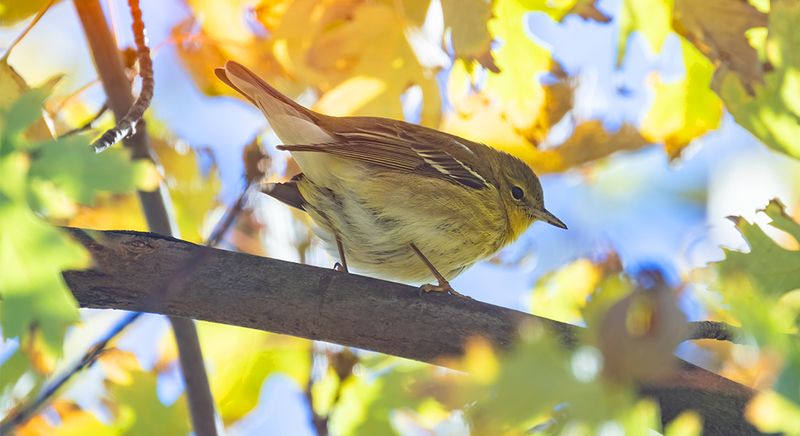
Long-distance travelers gorge themselves on specific high-energy foods before epic journeys. Warblers double their body weight eating berries and insects rich in certain fatty acids perfect for migration fuel.
Blackpoll warblers focus on bayberry fruits before their non-stop 80-hour flight across the Atlantic Ocean. This targeted eating pattern demonstrates remarkable nutritional wisdom – they instinctively select foods containing the exact fatty acids that optimize their flight muscles for extended journeys.
10. Urban Birds Adapt To Human Food Cycles
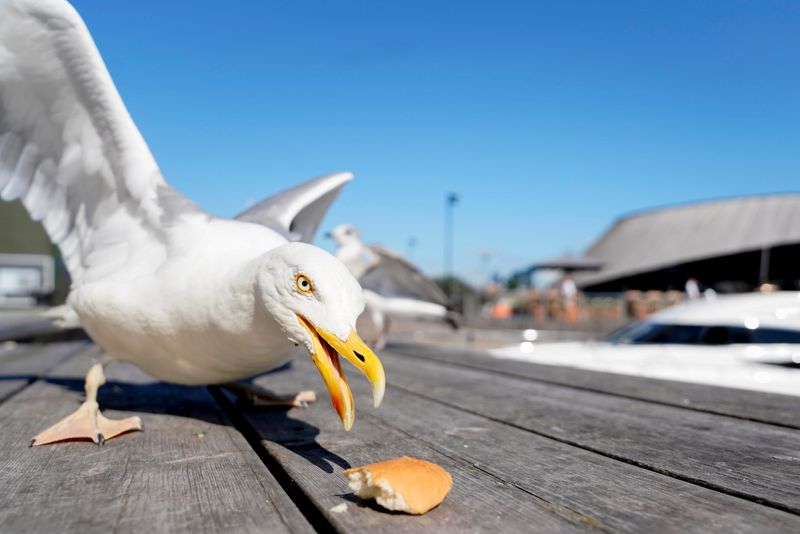
City-dwelling birds have created entirely new seasonal patterns based on human activities. Gulls follow school schedules, feasting in playgrounds during lunch periods and switching locations during summer breaks.
Restaurant patio seasons influence crow and sparrow diets, while farmers’ markets create weekly feeding opportunities. These birds essentially follow human seasonal patterns rather than natural ones, demonstrating remarkable adaptability to anthropogenic food sources that fluctuate based on our calendars.
11. Winter Tree Sap Becomes Vital Resource
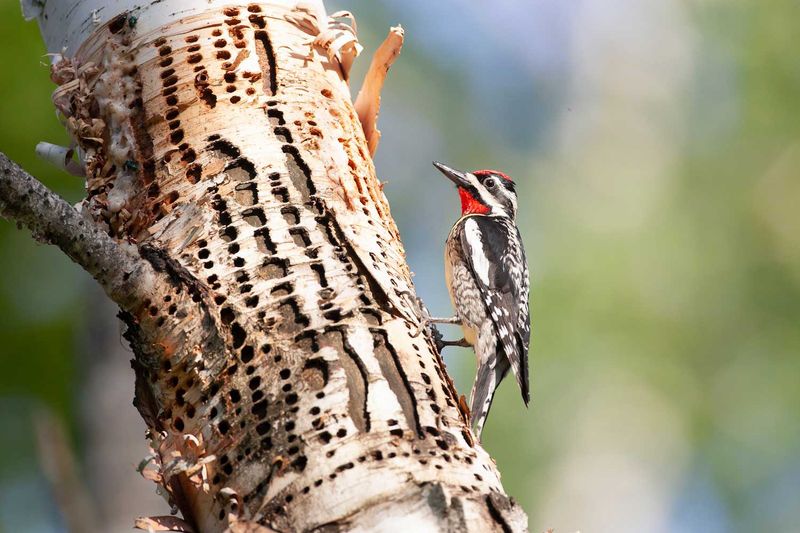
Yellow-bellied sapsuckers drill systematic holes in tree bark, creating sap wells that sustain multiple species during winter scarcity. These woodpeckers essentially farm the trees, returning regularly to their sap lines as temperatures fluctuate.
Hummingbirds that overwinter in northern regions depend on these sap wells for survival. The relationship creates a fascinating seasonal food web – one bird’s specialized feeding technique creates a critical resource that helps other species survive when nectar sources have disappeared.


